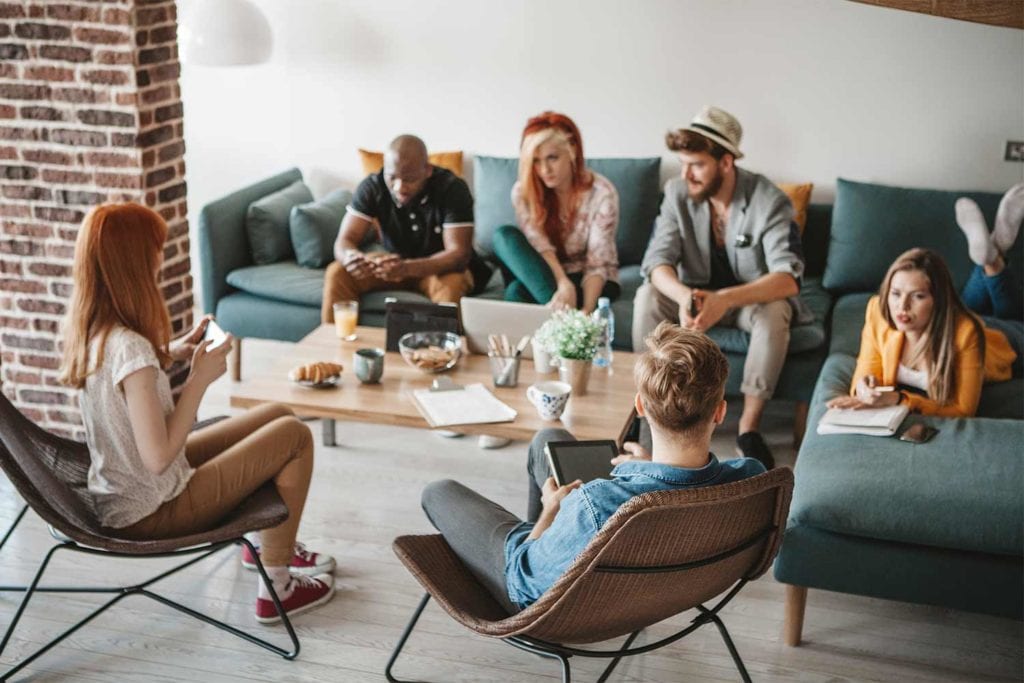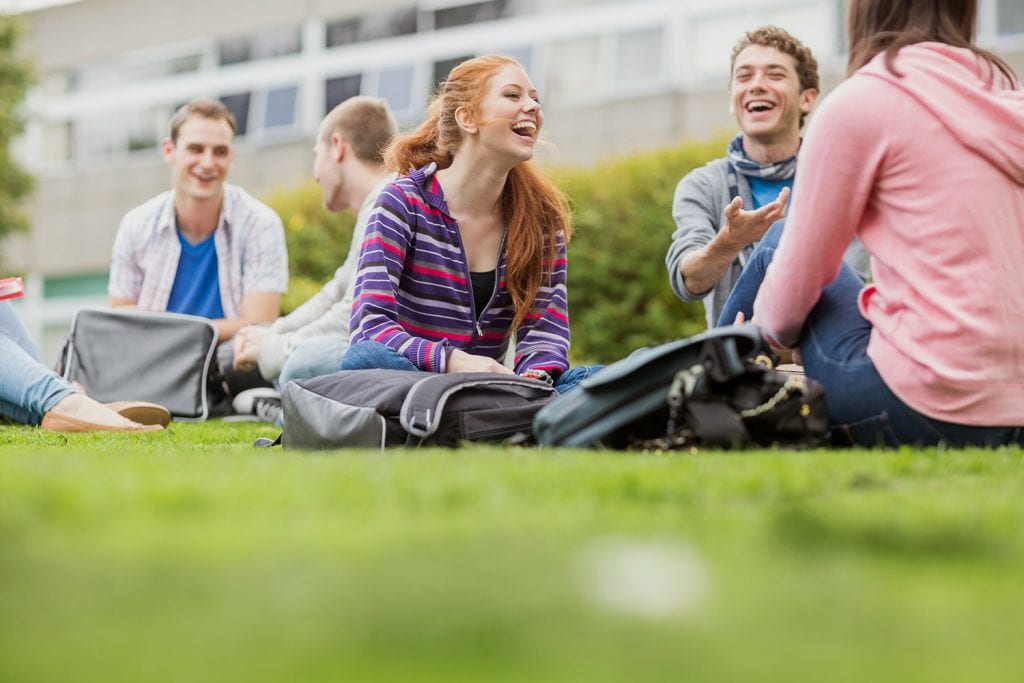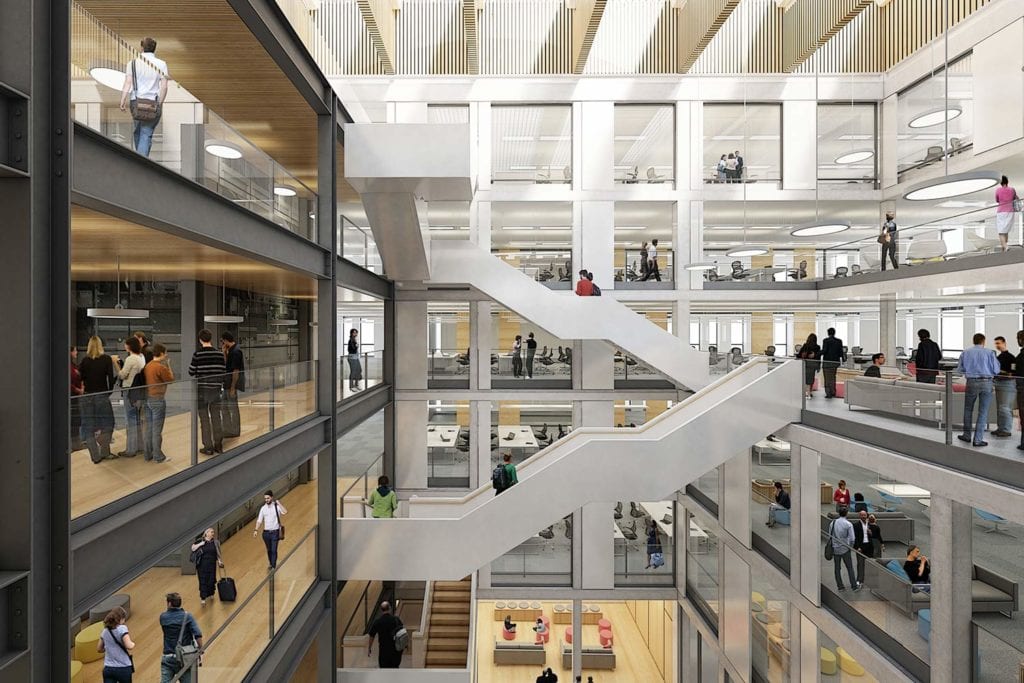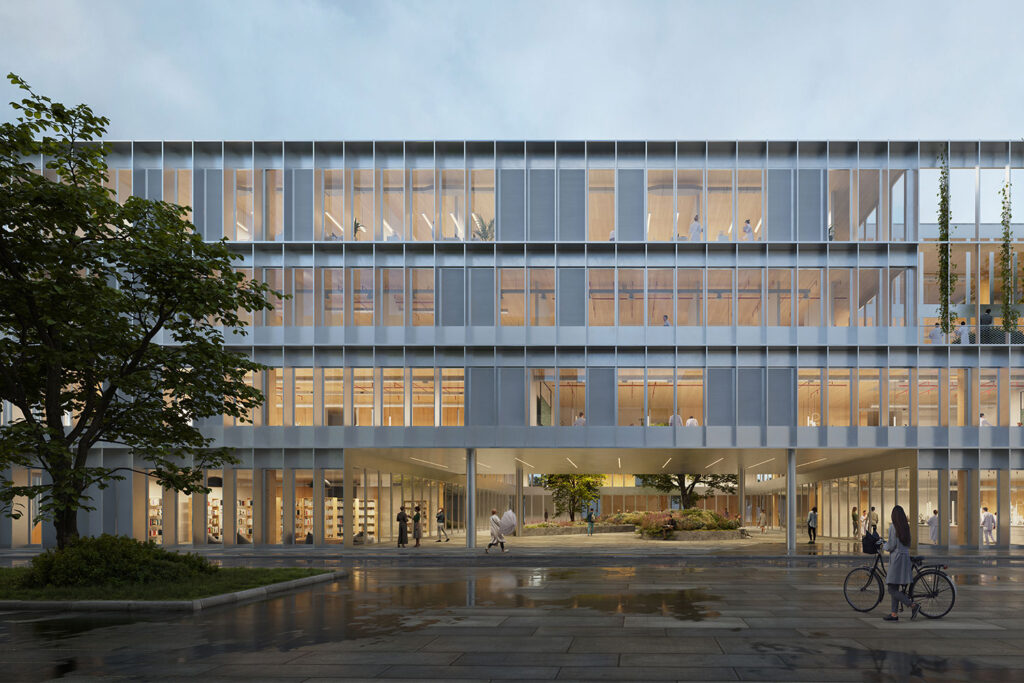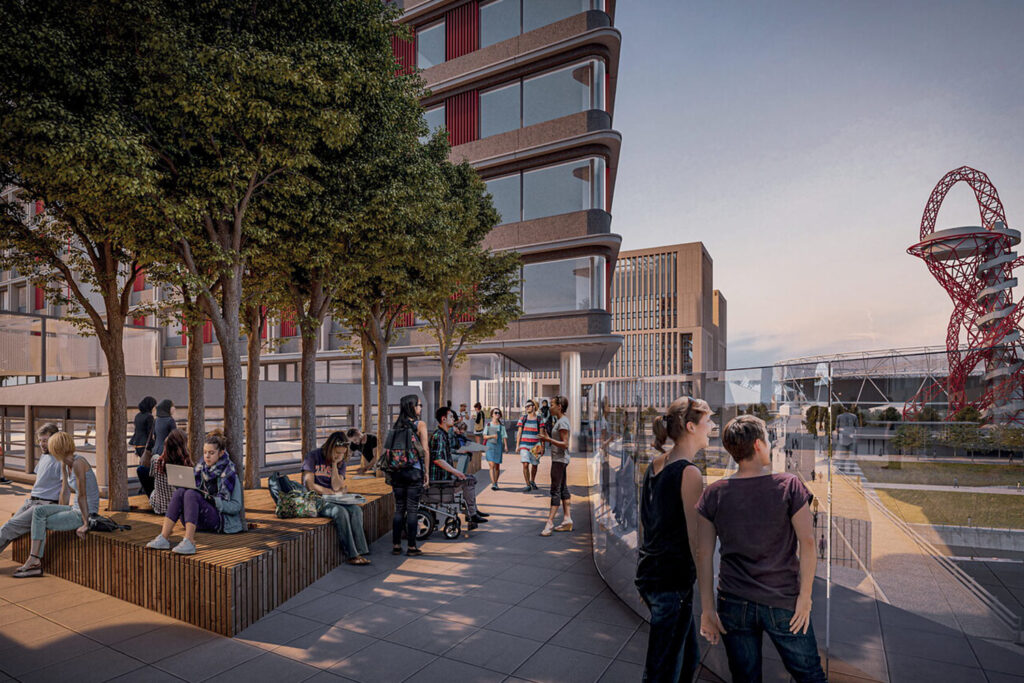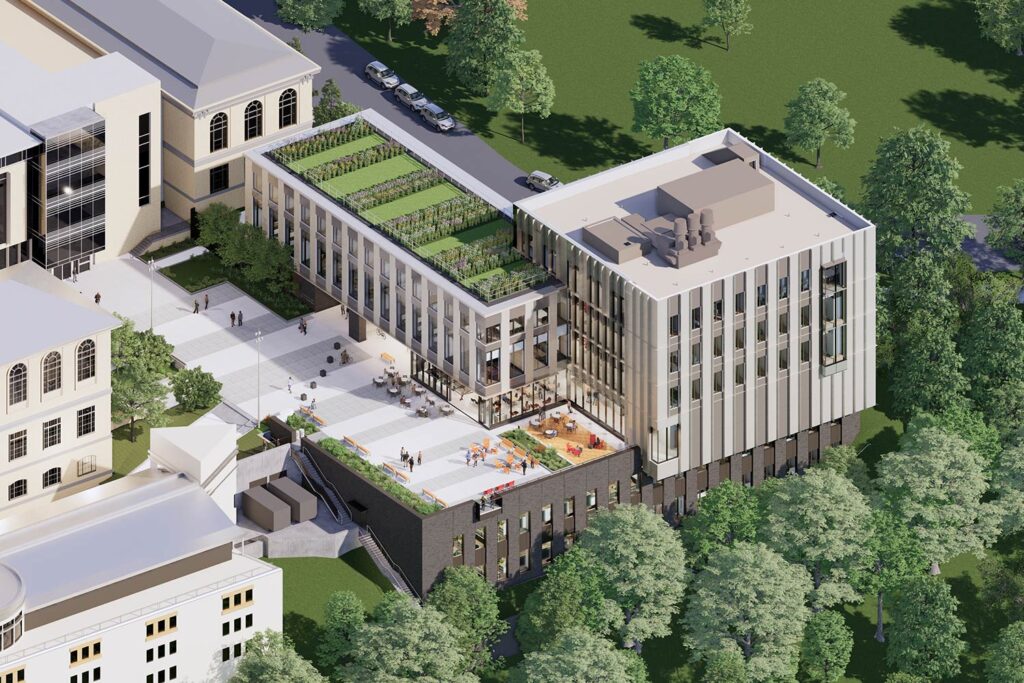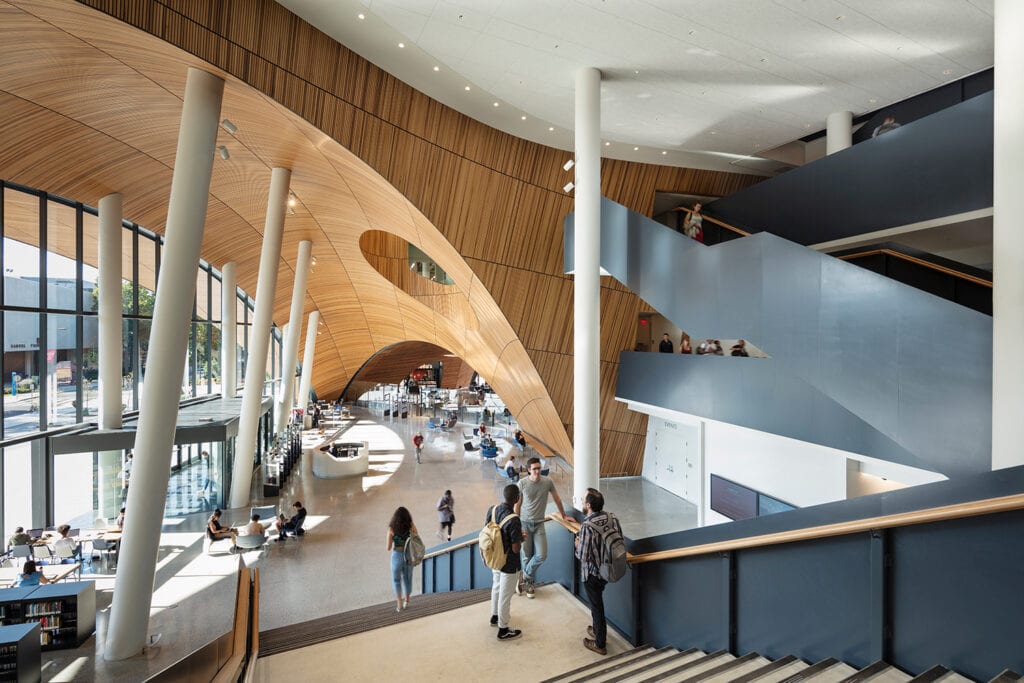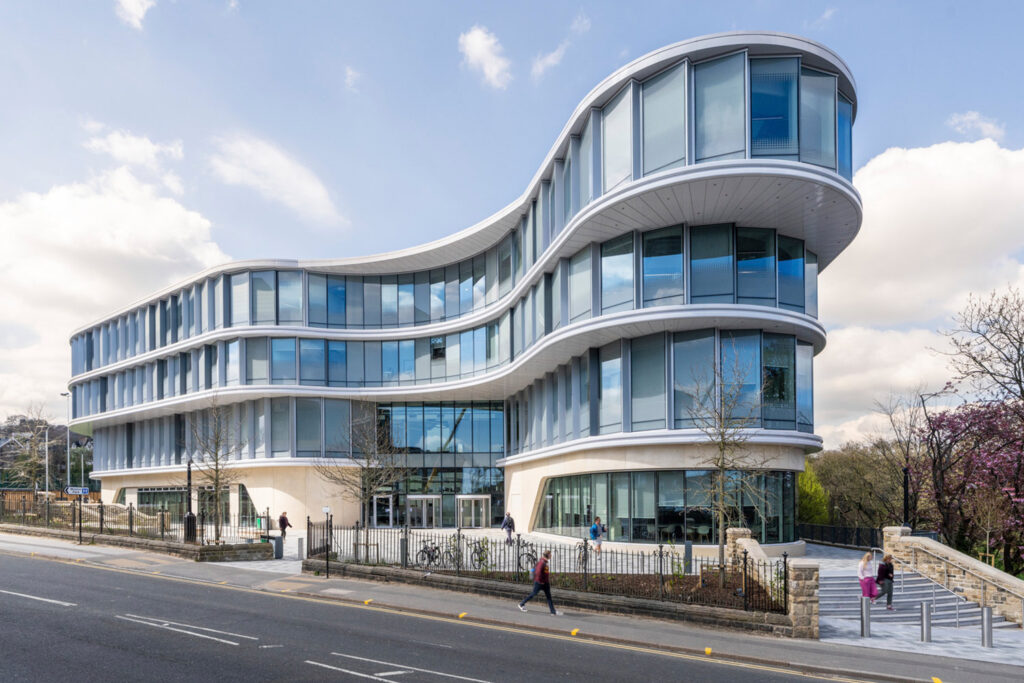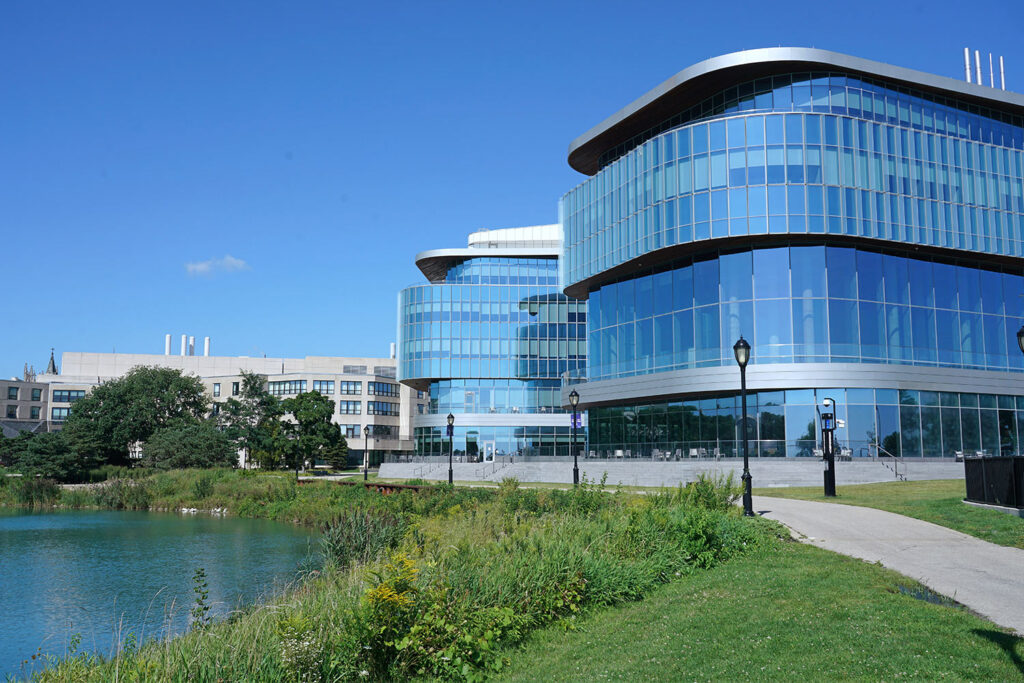Dr Mike Entwisle reflects on University Mental Health Day 2021
University Mental Health Day is the perfect time to learn how the design and operational buildings can better support student mental health.
With the UK’s University Mental Health Day on 4 March, and early signs that university life will return to (a new) normal by Autumn 2021, now is a good time to reflect on the experiences of the last year, how these have affected the mental health of students, and what we can learn from this in the design and operation of University estates as we move towards a new phase of University living.
At Buro Happold, we started investigating the affect of the environment on student mental health back in 2015. We combined survey data from 5,000 students with a powerful research programme which included engagement with a wide range of stakeholders, including estates operators, students, designers, medical researchers, counsellors and student support teams.

This gave us a unique baseline of information to take forward our work. A key finding was the importance of interaction between people, to avoid loneliness and to ensure that students feel that they are part of a community. While this important finding may at first glance seem obvious, it is striking that the WELL building framework does not pay much attention to this factor, and also that Universities UK’s Step Change Framework has to date not focused significantly on the role that the physical environment can play in enabling this interaction. Improvement to buildings and campuses can benefit everyone and often provide exceptional value.
While student feedback on the response of Universities has varied widely, one consistent factor has been the lack of personal contact, whether social or academic. 49% of students see loneliness as a key worry through the last year, the importance of place in this cannot be overstated. Covid-19 revealed a paradox: we’ve all learned we can do more online but that we value being together even more. So, more than ever, we have an opportunity to redesign buildings and campuses to promote social interaction and to ensure that students and staff feel part of a community. To go one step further, service can be reimagined to be more visible, accessible, navigable to it’s a community that feels supported.
With universities reassessing how they use space and evaluating opportunities to improve both efficiency and effectiveness, now is the time to look to a different future.
With universities reassessing how they use space and evaluating opportunities to improve both efficiency and effectiveness, now is the time to look to a different future, where the physical estate is used to bring people together to discuss, debate, socialise, learn, and simply “be” together – and do what they can’t do as well (or at all) online estates should prioritize hands-on, experiences and focus on creativity, community, and collaboration. Further, student support can address the specific needs of students; for instance, students who are the first in their family to go to university are about half as likely to use student health service and in the US international students and black students are both less likely than average to seek mental health services. In fact, compared to late 2019, students in general sought counselling 32% less in 2020.
With stretched budgets and the likely rise in UK student numbers over the next decade, buildings and campuses can be refurbished and reinvented to both increase capacity and improve learning and research outcomes. Reusing existing assets and intensifying their use can play an important part in the commitments many universities have made to zero carbon operation and can also reduce embodied carbon – likely to be an increasingly important factor in the future. In the US, student numbers are not expected to increase, and there is more competition from online providers; a drive for efficiency will only reduce building areas overall.
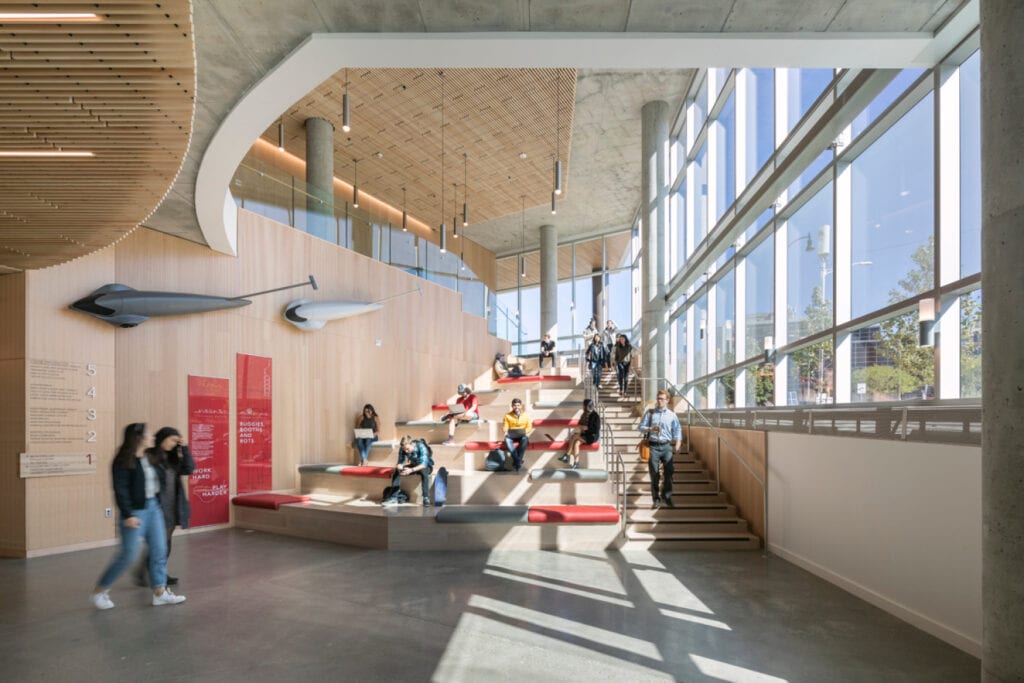
The class-leading US organisation Brightspot Strategy has recently joined Buro Happold to help client institutions solve the weighty, complex challenges they face today and improve the experience for students, faculty, researchers, employees and visitors alike. Brightspot leads the way in defining, enhancing, and transforming the offer which universities provide to their students, and the combination of their skills with the estates-based expertise of Buro Happold is enabling us to develop new offers and tools which will help our clients to equip themselves for a new future in the sector.
Brightspot’s recent survey across the US provides some interesting insights we can apply in the UK:
1. When asked how to allocate their tuition and fees according to what they value, students only put 41% toward their classes, demonstrating a need to focus on the student experience holistically and consider student support, community and belonging, facilities, and technology.
2. The students who studied primarily in communal environments during the Fall semester had higher satisfaction than those toiling away in isolation; for example, students studying primarily at the library were 73% satisfied compared to 58% in a dorm or 53% in a dedicated space at home.
Questions which the tools we are developing include;
- How will new pedagogies develop with the increase in Blended learning and changing expectations from students?
- How can new types of learning spaces improve the quality of service which students are getting?
- Will I ever need a large lecture theatre again?
- How can staff be trained to take advantage of new ways of working and teaching?
- How can space improve social and professional interaction and thereby mental health outcomes?
- Do I actually need offices for support staff?
- How can we redesign student support to be more proactive, holistic, and coordinated?
- How we can design spaces to normalize getting help from an advisor, a mentor, or a counsellor and remove the stigma?
With the blended learning genie out of the bottle and moving into the mainstream, we are looking to support our clients as they look to improve the student experience and research outcomes, reduce costs, and ensure that they remain attractive to both students and staff. The sector cannot go back to where it was before the coronavirus pandemic; we must all seize this opportunity to ensure that mental health is prioritised as Universities reopen, and the physical environment has an important role to play in this.
References
Laura Brown – November 2020. Covid-19 UK Student Survey (follow up) – Results. Survey conducted to reveal what it is like to be a student in 2020/21 [Online]. Retrieved from https://www.savethestudent.org/money/surveys/covid-19-student-survey-follow-up.html
RTI International. (2019). Use of Student Services among Freshman First-generation College Students. Washington, DC: NASPA. Retrieved from https://firstgen.naspa.org/files/dmfile/NASPA_FactSheet-03_FIN.pdf Data source is U.S. Department of Education, National Education Statistics, 2012/14 Beginning Students Longitudinal Survey. Total study 25,000.
Jake New – January 2016 – Black Students Less Likely to Seek Mental Health Help. Source: Jed Foundation and Steve Fund survey, dedicated to study and improve the mental health of students of colour. Retrieved from https://www.insidehighered.com/quicktakes/2016/01/14/black-students-less-likely-seek-mental-health-help
Elizabeth Redden – May 2019 – International Student Well-being, Washington DC. From a study conducted at Yale. Retrieved from https://www.insidehighered.com/news/2019/05/31/panel-focuses-mental-health-needs-international-students
Alaina Cummins – February 2021 – Part 4 of 5: Impact of COVID-19 on Students Served at College Counseling Centers, Center for Collegiate Mental Health(CCMH), Penn State. Retrieved from https://ccmh.psu.edu/index.php?option=com_dailyplanetblog
